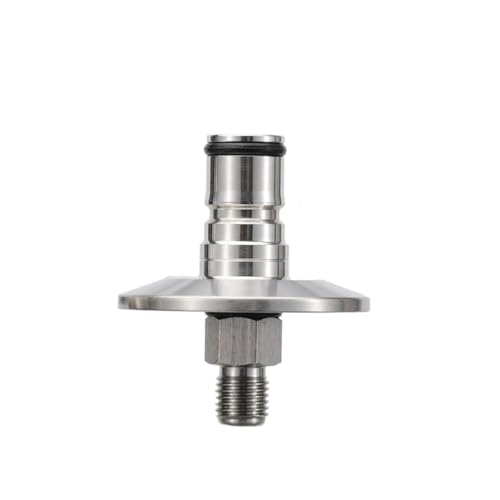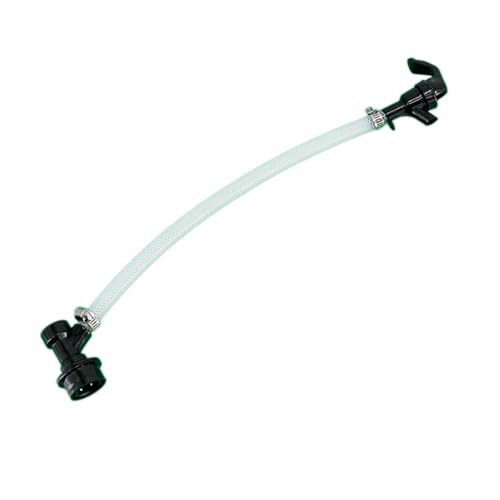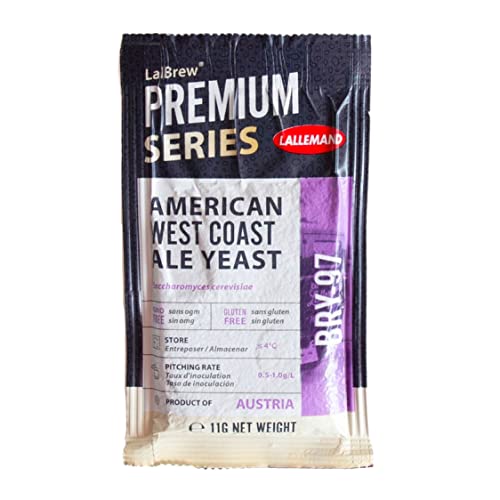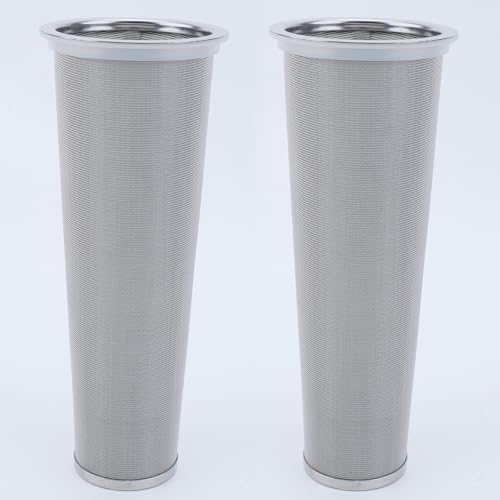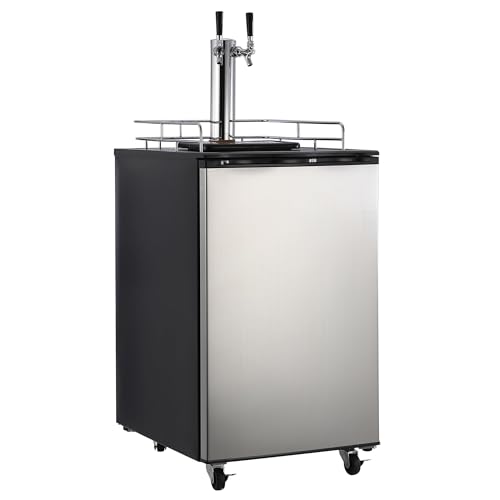Morrey
Well-Known Member
On a regular basis I make a Hoppy Wheat beer based on 3 Floyds Gumball Head. I can pretty well count on 80% brew house eff and use 80% in BeerSmith for calculations. I may get a shade over 80% in most cases, but never less with BIAB.
I decided to try lemon grass (dried) in this recipe and ended up adding an ounce of it into the mash. When I mashed out and took a pre-boil SG reading, I was well below my normal reading. I boiled reaching my typical post boil vol and the OG reading was 10 points below my recipe's normal OG. Everything was identical including grind, chemistry, grain bill....identical. The only mod was the addition of dried lemon grass in the mash and my efficiency went from 80% down to 68%.
Was this radical drop in efficiency due to the addition of lemon grass in my mash?
I decided to try lemon grass (dried) in this recipe and ended up adding an ounce of it into the mash. When I mashed out and took a pre-boil SG reading, I was well below my normal reading. I boiled reaching my typical post boil vol and the OG reading was 10 points below my recipe's normal OG. Everything was identical including grind, chemistry, grain bill....identical. The only mod was the addition of dried lemon grass in the mash and my efficiency went from 80% down to 68%.
Was this radical drop in efficiency due to the addition of lemon grass in my mash?















![Craft A Brew - Safale S-04 Dry Yeast - Fermentis - English Ale Dry Yeast - For English and American Ales and Hard Apple Ciders - Ingredients for Home Brewing - Beer Making Supplies - [1 Pack]](https://m.media-amazon.com/images/I/417FujUfrWL._SL500_.jpg)

